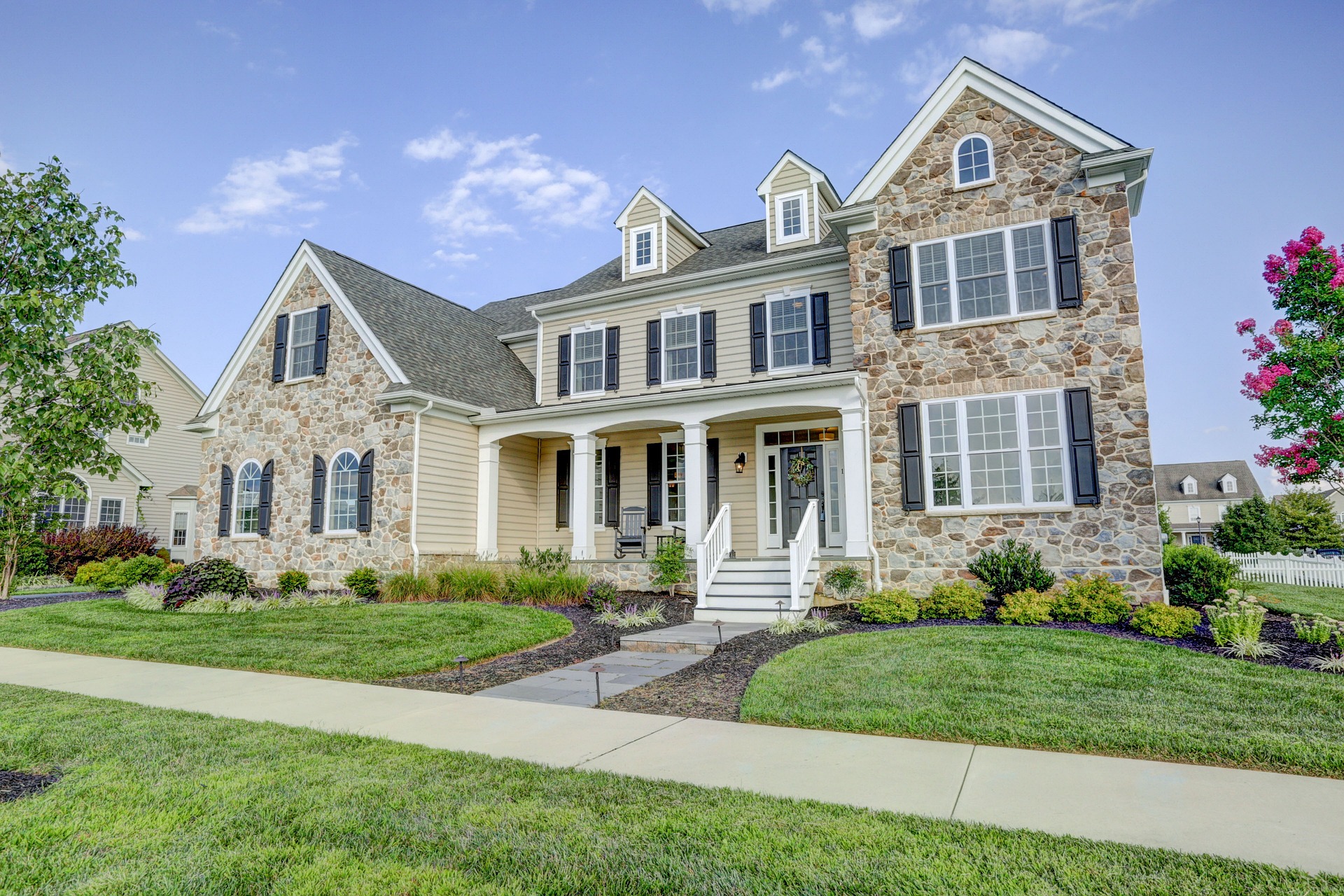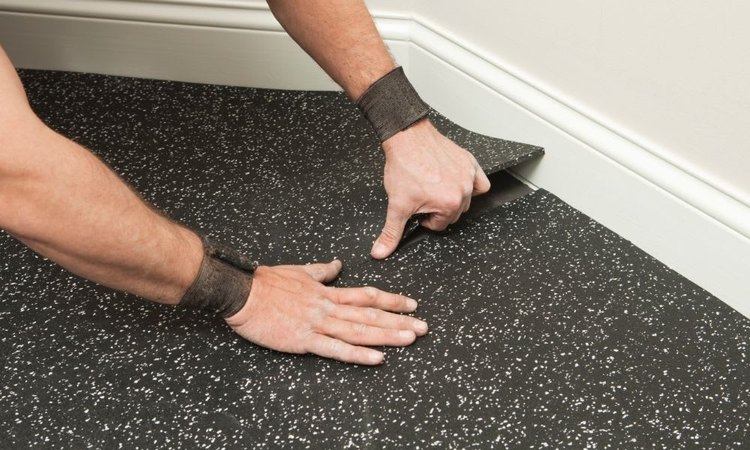Understanding Home Value: Key Factors and Strategies for Homeowners
The concept of home value is central to real estate and property ownership. Whether you're a first-time buyer, a long-term homeowner, or considering selling, understanding what influences your home's worth is crucial. This article explores the various factors that contribute to home value and offers insights into how you can potentially increase your property's market appeal.

Other determining factors include the size of the property, both in terms of square footage and lot size, as well as the number of bedrooms and bathrooms. Unique features or recent renovations can also impact a home’s value positively. Additionally, economic factors such as interest rates, employment rates, and overall economic health in the area can affect property values on a broader scale.
How can renovations impact your home’s worth?
Renovations can significantly influence a home’s value, but not all improvements yield the same return on investment. Kitchen and bathroom remodels often top the list of value-adding renovations, as these spaces are focal points for many buyers. Upgrading outdated systems like plumbing, electrical, or HVAC can also increase a home’s value by improving its functionality and efficiency.
Adding square footage through an extension or finishing a basement can boost property value, especially in areas where space is at a premium. However, it’s important to consider the cost of renovations against the potential increase in value. Over-improving for the neighborhood can lead to diminishing returns, as the property’s value may be capped by the surrounding area’s market prices.
What role does location play in real estate valuation?
Location is often considered the most crucial factor in real estate valuation. A property’s proximity to good schools, employment centers, shopping districts, and public transportation can significantly impact its value. Neighborhoods with low crime rates, well-maintained public spaces, and a strong sense of community typically see higher property values.
The potential for future development in the area can also affect home values. If a neighborhood is undergoing revitalization or has plans for new amenities, property values may increase in anticipation of these improvements. Conversely, negative changes in the local environment, such as increased traffic or the closure of major employers, can have a detrimental effect on home values.
How do market trends affect home values?
Real estate markets are dynamic and can fluctuate based on various factors. Supply and demand play a crucial role in determining home values. In a seller’s market, where there are more buyers than available properties, home values tend to rise. Conversely, in a buyer’s market with an excess of inventory, prices may stagnate or decrease.
Economic conditions, such as interest rates, inflation, and employment rates, can also influence market trends. Low interest rates often stimulate buying activity, potentially driving up home values. Additionally, broader economic factors like GDP growth and consumer confidence can impact the real estate market and, consequently, home values.
What strategies can homeowners use to increase property value?
Homeowners can employ several strategies to potentially increase their property’s value. Regular maintenance and addressing any structural issues are fundamental to preserving and enhancing home value. Keeping up with current design trends through strategic updates can also make a property more appealing to potential buyers.
Energy-efficient upgrades, such as installing solar panels or improving insulation, can increase a home’s value by reducing long-term operating costs. Enhancing curb appeal through landscaping and exterior improvements can create a positive first impression, potentially boosting perceived value.
What are the most cost-effective home improvements for value?
When considering home improvements, it’s essential to focus on those that offer the best return on investment. Here’s a comparison of popular home improvements and their estimated impact on home value:
| Improvement | Estimated Cost | Potential Value Increase | ROI |
|---|---|---|---|
| Kitchen Remodel | $25,000 - $65,000 | $15,000 - $40,000 | 60-80% |
| Bathroom Remodel | $10,000 - $30,000 | $8,000 - $25,000 | 60-85% |
| Adding a Deck | $15,000 - $20,000 | $10,000 - $15,000 | 65-75% |
| Replacing Windows | $10,000 - $20,000 | $8,000 - $16,000 | 70-80% |
| Landscaping | $5,000 - $15,000 | $4,000 - $12,000 | 80-100% |
Prices, rates, or cost estimates mentioned in this article are based on the latest available information but may change over time. Independent research is advised before making financial decisions.
It’s important to note that while these improvements can potentially increase home value, the actual return on investment can vary based on local market conditions, the quality of work, and the specific characteristics of your property.
Understanding home value is essential for making informed decisions about property ownership, whether you’re buying, selling, or maintaining your current home. By considering factors such as location, market trends, and strategic improvements, homeowners can work towards maximizing their property’s worth in the competitive real estate market.






